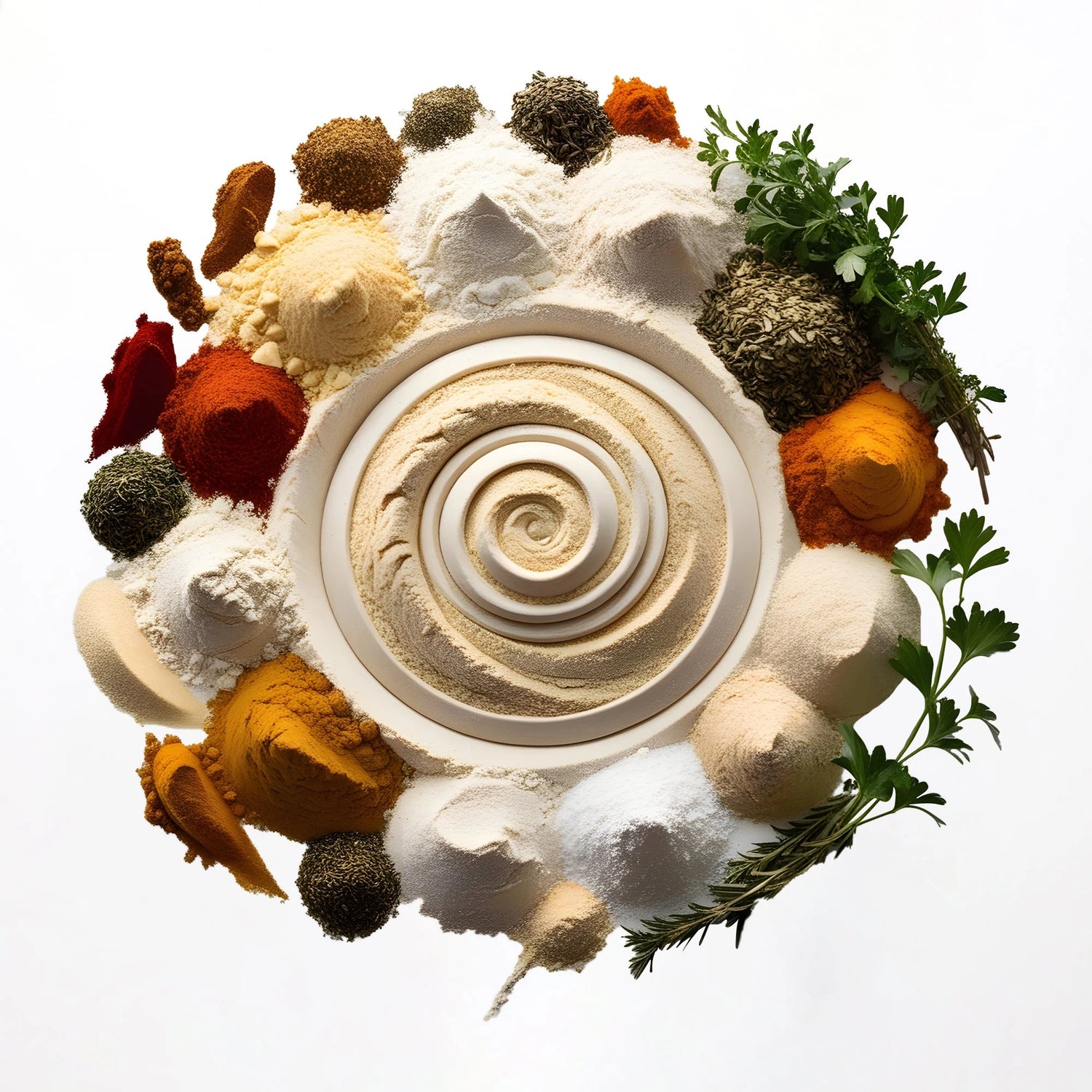Mango Pulp: Nature’s Golden Goodness in Every Spoon
There’s something magical about the taste of mangoes — sweet, fragrant, and bursting with tropical flavor. But when the mango season ends, mango pulp comes to the rescue. This thick, juicy extract of ripe mangoes is a delicious way to enjoy the king of fruits all year round.
What is Mango Pulp?
Mango pulp is the smooth, pureed flesh of ripe mangoes, usually strained to remove fibers and packaged for preservation. It captures the essence of fresh mangoes and is commonly used in juices, desserts, ice creams, yogurts, smoothies, and even savory dishes.
It’s available in canned, frozen, or aseptic (UHT) packaging, making it a convenient option for both home cooks and food industries.
Types of Mangoes Used for Pulp
Not all mangoes are created equal when it comes to pulp. Some of the most popular varieties used include:
-
Alphonso (Hapus) – Known for its rich aroma and deep golden color. Premium pulp.
-
Kesar – Slightly tangier, with a beautiful saffron hue. Great for desserts.
-
Totapuri – Less sweet and slightly tart, often used in beverages or savory recipes.
Health Benefits of Mango Pulp
Mango pulp doesn’t just taste good — it’s also packed with nutrients:
✅ Rich in Vitamins – Especially Vitamin A, C, and E
✅ High in Antioxidants – Helps combat free radicals
✅ Good for Digestion – Contains dietary fiber and enzymes
✅ Natural Energy Booster – Thanks to its natural sugars
Of course, moderation is key, especially with added sugars in processed versions.
How to Use Mango Pulp
Here are some delicious ideas:
-
Mango Lassi – Blend pulp with yogurt, a bit of sugar, and a pinch of cardamom.
-
Mango Ice Cream – Mix pulp with cream and freeze for a tropical treat.
-
Smoothies – Combine with banana, milk, and chia seeds for a quick breakfast.
-
Mango Cheesecake – Swirl into your favorite cheesecake batter.
-
Cocktails/Mocktails – A base for refreshing summer drinks.
You can also use it in curries and chutneys — especially with the tangier Totapuri pulp.
Storing Mango Pulp
-
Unopened Cans/Tetra Packs: Store in a cool, dry place.
-
Opened or Fresh Pulp: Refrigerate and consume within 3–5 days.
-
Freezing Tip: Freeze in ice cube trays and use as needed.
Homemade vs. Store-Bought
Making mango pulp at home is simple: peel and de-seed ripe mangoes, blend until smooth, and strain if needed. It’s fresh and preservative-free.
Store-bought pulp, however, offers convenience and consistency — especially useful in bulk cooking or commercial use.



